Optimal Seasons for Stamped Concrete
Stamped concrete service is ideally performed during mild weather conditions to ensure proper curing and adhesion. The optimal seasons are spring and early fall when temperatures are moderate, typically between 50°F and 85°F. Avoiding extreme heat or cold helps prevent cracking and ensures a durable finish.
Timing also depends on local climate patterns. In Helena, Montana, it is recommended to schedule stamped concrete projects in late spring or early fall, avoiding the harsh winter and peak summer heat. Proper planning enhances the longevity and appearance of the stamped concrete surface.
Spring offers moderate temperatures and lower humidity, ideal for curing stamped concrete effectively.
Early fall provides cooler weather and less rainfall, reducing delays and imperfections.
Winter and summer extremes can cause cracking, uneven curing, and color inconsistencies.
Monitoring forecasted temperatures and precipitation is crucial for scheduling.

Image showcasing a vibrant stamped concrete patio in springtime.

Photo of a stamped driveway during early fall with colorful foliage.
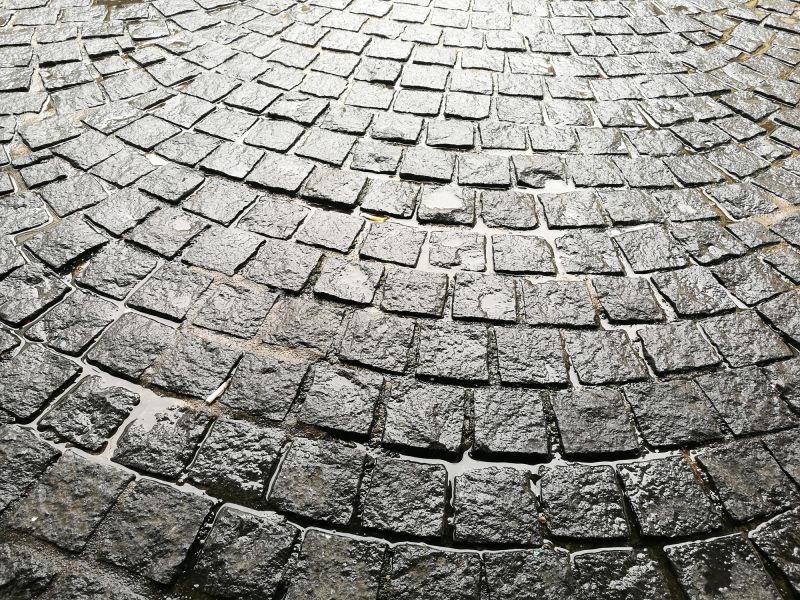
Image illustrating mild weather suitable for stamped concrete work.
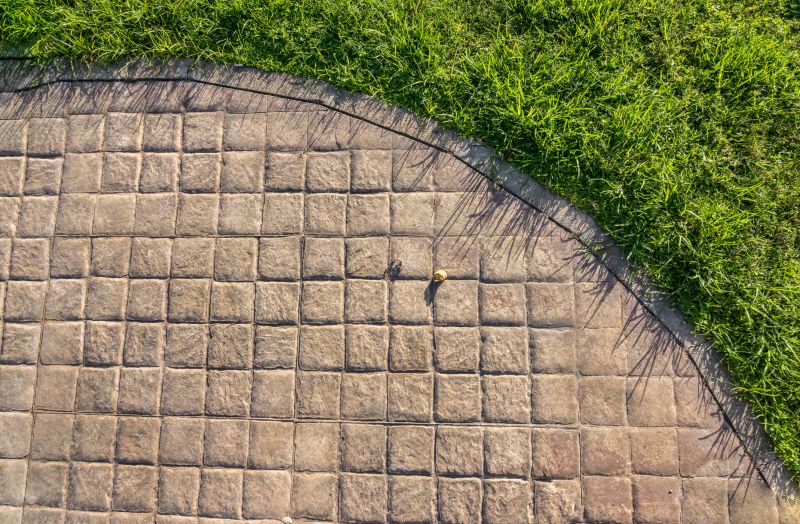
Ways to make Stamped Concrete Service work in tight or awkward layouts.
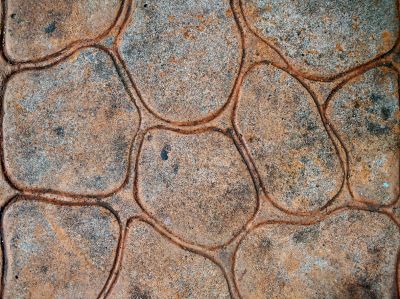
Popular materials for Stamped Concrete Service and why they hold up over time.

Simple add-ons that improve Stamped Concrete Service without blowing the budget.
| Season | Optimal Conditions |
|---|---|
| Spring | Moderate temperatures, low humidity, ideal for curing. |
| Summer | High temperatures can cause cracking; caution needed. |
| Fall | Cooler weather, less rain, suitable for installation. |
| Winter | Not recommended due to freezing temperatures. |
| Late Spring | Best time to schedule for durability. |
| Early Fall | Optimal for quality and longevity. |
Proper timing for stamped concrete service ensures a high-quality, long-lasting finish. Scheduling during favorable weather minimizes risks such as cracking, color inconsistency, and surface imperfections. It is important to work with experienced contractors who can advise on the best windows for installation based on local climate conditions.

Close-up of a freshly stamped concrete surface in spring.

Stamped concrete patio with autumn leaves.

Tools used to check weather conditions before installation.
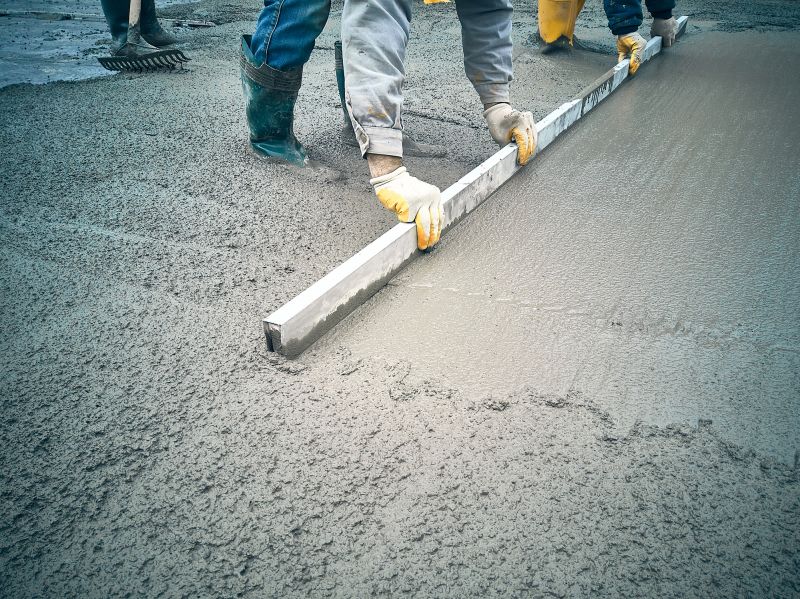
Contractors preparing the site during optimal weather.

High-end options that actually feel worth it for Stamped Concrete Service.
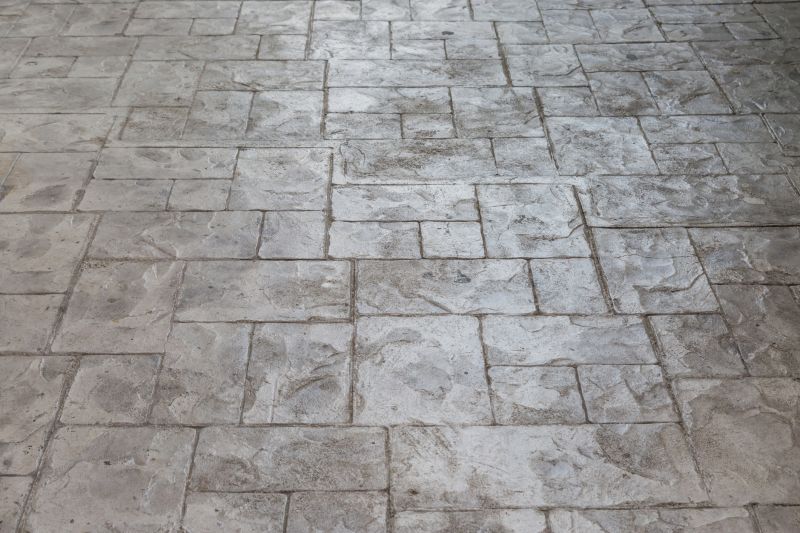
Finishes and colors that play nicely with Stamped Concrete Service.
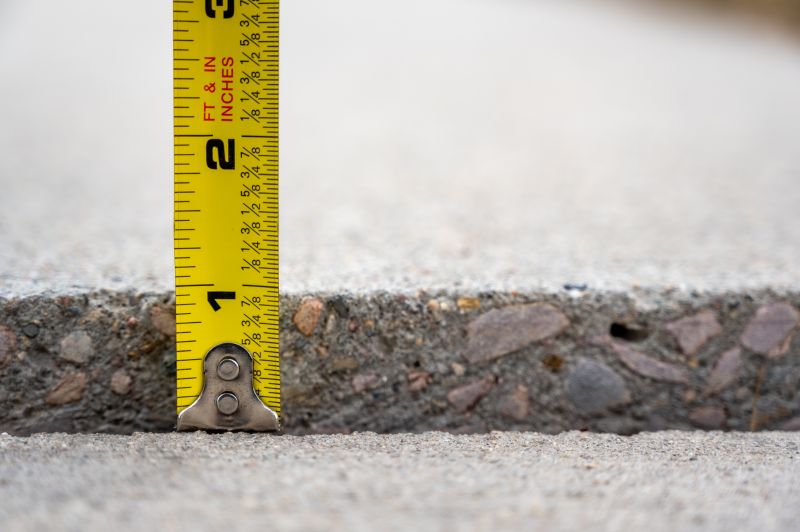
Little measurements that prevent headaches on Stamped Concrete Service day.
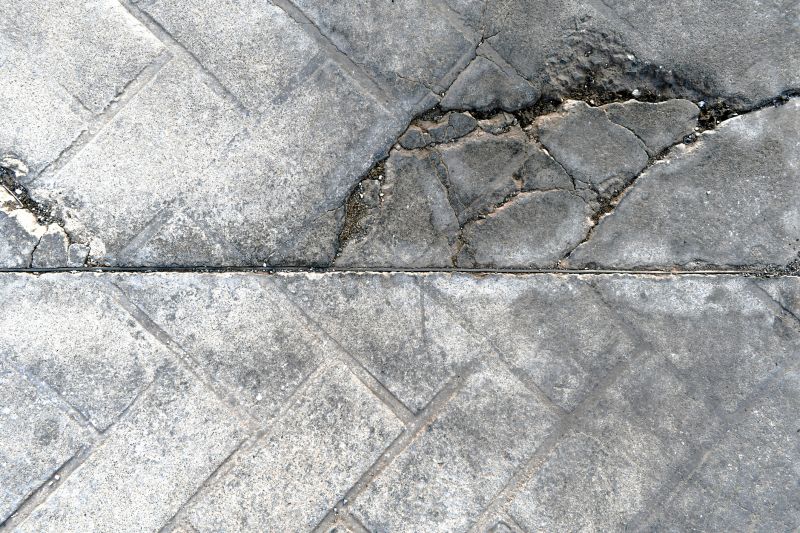
A 60-second routine that keeps Stamped Concrete Service looking new.
Interested in scheduling stamped concrete service? Filling out the contact form provides an opportunity to discuss available windows and ensure the project is completed during the most suitable season for durability and appearance.
